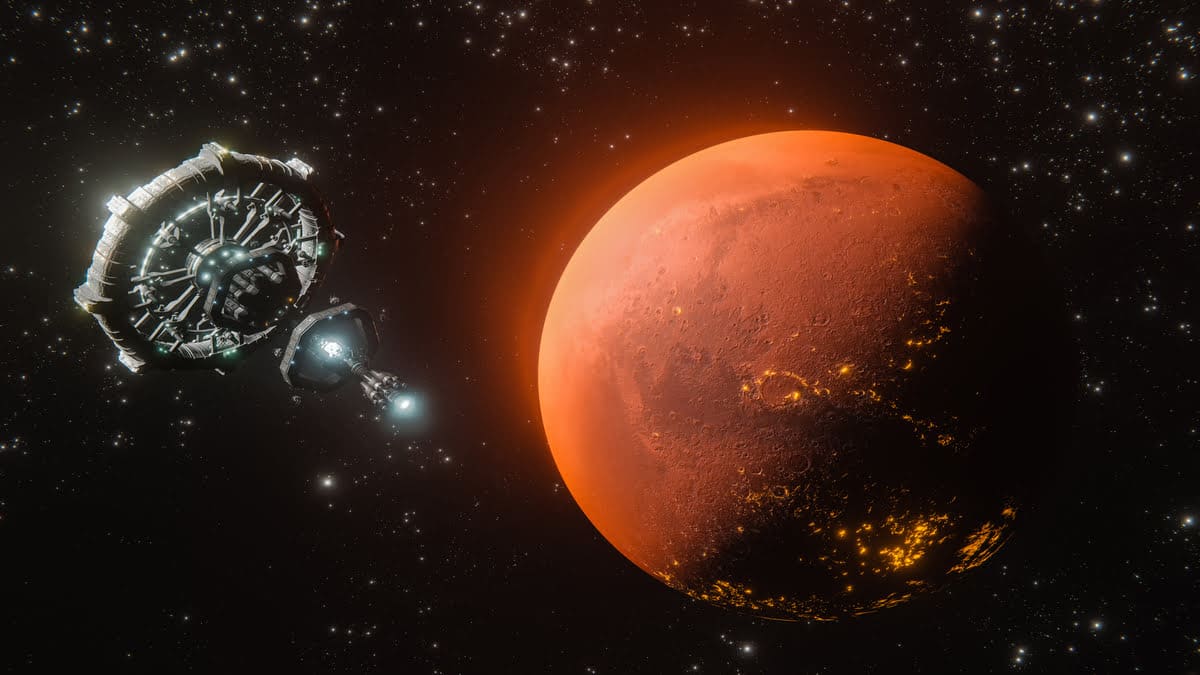NIT Rourkela, UAE University research improves Mars weather prediction using 20 years of data
Gauri Mittal | June 30, 2025 | 04:23 PM IST | 2 mins read
NIT Rourkela has found out about dust devils, dust storms and water ice clouds, which drastically affect Mars weather

National Institute of Technology (NIT) Rourkela research has shown improved prediction of Mars climate, using over two decades of data. The research was done in partnership with United Arab Emirates (UAE) University, and Sun Yat-sen University in China.
The findings of the research at NIT Rourkela have been published in the New Astronomy Reviews journal with an impact factor of 26.8.
According to the research, Mars has one of the most dramatic weather systems in our solar system. The dust raised by storms can travel so far as to engulf the red planet completely. This disturbs wind patterns resulting in change of temperatures. Sometimes, the entire Martian atmosphere can be affected, making Mars weather prediction a challenging task.
The paper is co-authored by Jagabandhu Panda, professor at the department of earth and atmospheric sciences, along with his research scholar Anirban Mandal from NIT Rourkela, in collaboration with Bijay Kumar Guha and Claus Gebhardt from the National Space Science and Technology Centre, UAE University, and Zhaopeng Wu from School of atmospheric sciences, Sun Yat-sen University, China.
NIT Rourkela research on Mars
The study by Indian, UAE, and Chinese researchers identified the following key factors which shape Martian weather:
- Small spinning columns of air called ‘dust devils’ keep dust particles suspended in the air and can alter the appearance of the surface. These are common during summer on Mars, especially in the northern hemisphere.
- Large dust storms which are driven by a loop in which sunlight heats the dust, which warms the whole atmosphere and strengthens winds, which in turn lifts even more dust.
- Thin, ‘wispy’ clouds made up of frozen water particles called ‘water ice clouds’ appear during certain seasons.
Water ice clouds form the aphelion cloud belt near the equator in summers, when Mars is farthest from the sun, over tall volcanoes like Olympus Mons. In winters, polar hood clouds form at the poles. Their formation depends on seasonal changes in ice and dust, as per the study.
“Advancing the weather prediction on Mars is not just a scientific pursuit, it is the cornerstone of ensuring that future missions can sustain there and realise the past and future habitability of the red planet. It would be great if ISRO could conduct more missions to Mars and invest more in the university system to carry out such research. It will help in advancing science and technology further,” Panda said.
Follow us for the latest education news on colleges and universities, admission, courses, exams, research, education policies, study abroad and more..
To get in touch, write to us at news@careers360.com.
Next Story
]AICTE offers Rs 1 lakh monthly fellowship to upskill faculty, bridge academia-industry gap
The AICTE Industry Fellowship will be 6-12 months long, during which teachers will receive monthly Rs 75,000 from AICTE and Rs 25,000 from the industry partner. But they must pass the strict eligibility criteria
Gauri Mittal